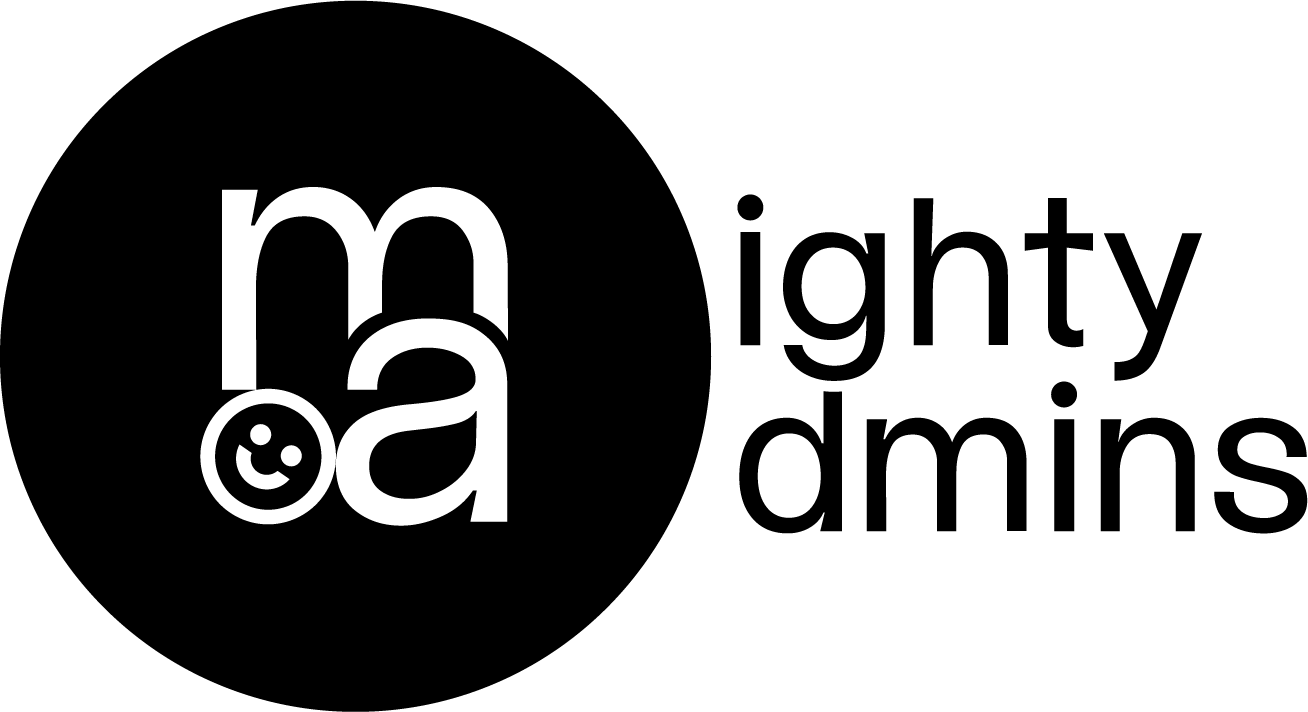Transfer Pricing Filing in Denmark 2024
- 3 minute read
- Legal and Corporate Law
What is Transfer Pricing?
Shortly put, Transfer Pricing is concerned with the pricing of controlled transactions and the pricing and terms for trading between affiliated parties.
The Danish Tax Rules require that trade within affiliated parties must follow the Arm’s Length Principle and that both the subsidiaries and parent company must be able to document these intercompany transactions in the Transfer Pricing, or often simply referred to as TP documentation.
Transfer Pricing rules were implemented to prevent multinational enterprises from shifting or moving profits between entities, and by that avoid paying the correct tax amounts. And for you, it is crucial to stay compliant with the rather extensive list of rules to avoid serious penalties.
What are Controlled Transactions?
The first thing to get straight is whether any controlled transactions must be taken into account. That is because Transfer Pricing only applies when ‘affiliated parties’ engage in ‘controlled transactions’. In other words, affiliated parties do not have to provide Transfer Pricing documentation if they do not engage in what is considered ‘controlled transactions’.
In the Danish tax regulations, controlled transactions are defined as transactions between parties liable to pay tax. To know whether parties are liable to pay tax, you must stay up to date with the Danish tax regulations.
Examples could include:
- Consolidated companies.
- Transactions between a head office and a permanent establishment, but only one of the parties is liable to pay tax.
- When one party exercises control over the other party in a transaction.
The rules of Transfer Pricing also apply to trades made between a company and its main shareholders. And yes, in these instances real persons count as shareholders according to section 37 § (6) of the Tax Control Act.
The Arm's Length Principle in Transfer Pricing
The Arm’s Length Principle in Transfer Pricing states that the price agreed upon between the affiliated parties must be the same as it would have been in a comparable transaction between two unrelated parties.
It is up to the group companies to implement internal rules for intercompany trading within the subsidiaries and parties. And related to that, the group companies – both parent company and subsidiaries – must retain documentation for the Danish Tax Agency. This documentation must prove that any intercompany transactions live up to the Arm’s Length Principle. Note that the Arm’s Length Principle also applies to transactions related to intercompany loans.
Deadline for Transfer Pricing 2024
As of the income year 2021, it became a requirement to file written Transfer Pricing documentation to the Danish Tax Agency within 60 days of the filing deadline for the tax return. This means that the deadline is 6 months + 60 days after the end of your financial year.
Who must submit Transfer Pricing documentation?
And now for the most interesting part: Are you required to file TP documentation?
So, the rules of Transfer Pricing apply for all group companies that are subject to controlling conditions (indirect or direct more than 50% of shares) as well as subsidiaries and main shareholders.
So, should one person own the majority of shares in two separate companies, these two companies will be considered as group companies. In fact, two companies can be considered group companies even if the main shareholders are closely related by family.
Obligations and exemptions
Now it gets a little more complicated. The documentation obligation is also bound to specific tiers. And here, you must first consider two things:
- Is your company liable to pay tax as of section 38 of the Tax Control Act?
- Is your company exempt under section 40?
Obligated:
The party subject to pay tax must file Transfer Pricing documentation to the tax agency, if a party alone or together with group companies has:
- More than 250 employees
.. And/or has both:
- More than DKK 125 million in assets
- More than DKK 250 million in revenue
Exempt:
A group is not subject to file Transfer Pricing documentation, but must still prepare and store written documentation of intercompany transaction if the party subject to pay tax has both..
- Less than 250 employees
- Less than DKK 125 million in assets
- Less than DKK 250 million in revenue
As a general rule, the documentation obligation does not apply to Danish national transactions – unless the parties involved in the transactions are not taxed under the same rules. These rules are rather complicated, so make sure to check with experts.
Controlled transactions of insignificant scope and frequency are exempt from written documentation. But again, make sure to check up on these rules with an expert, so you stay compliant. Each controlled transaction is to be deliberated, which makes it difficult to outline specific guidelines.
What to submit in Transfer Pricing filing
All the mentioned parties subject to file Transfer Pricing documentation must file the following:
 A global master file (Section 4)
A global master file (Section 4)
This is prepared by the ultimate parent company of the group. It must give an overall description and explanation of the group’s business activities as a whole and how they create value. It is made annually and cannot cover more than 1 year at a time. But should the master file deadline be different in the country where it is prepared and in Denmark, a file from the former year can be temporarily filed, if the information is less than a year old.
The master file must include:
- Structure chart showing the group’s legal and organizational structure, including countries of the group companies.
- A general description of the Group’s business activities.
- Information on the group’s intangible assets.
- Information on the group’s financial activities.
- Information on the accounting and tax position of the group.
 A local file (Section 5)
A local file (Section 5)
This is prepared by the local entity in Denmark. This aims to give an accurate depiction of how the entities do intercompany trade with other connected parties. And if a group has more than one Danish entity, the group would need to prepare local files for each entity – a local file can only cover one entity.
The local file must include:
- A detailed description of the entity.
- Detailed information, description, and analysis of the controlled transaction that the company is involved in.
- Material related to the economic, financial, and accounting data of the entity.
 Any applicable appendixes
Any applicable appendixes
- Service agreements.
- Benchmark analyses.
It should be noted that the scope of the requirements from sections 4 and 5 depends on the scale and complexity of the group, the taxpayer, and the controlled transactions. Once again, it is essential that you consult an expert.
Penalties related to Transfer Pricing
If Transfer Pricing documentation is not filed in due time with the Danish Tax Agency the fine is DKK 250,000.
There is a chance of having the fine reduced to DKK 125,000 if the missing documentation is subsequently prepared in the required quality. But there is no guarantee – it is completely up to the Danish Tax Agency to assess.
The fine will be increased by 10% of any increase in income due to non-fulfillment of the Arm’s Length Principle.

At mighty admins, we can assist you with:
Identifying controlled transactions.
Navigating legislation and requirements.
Acting as your project manager, collecting documentation etc.
Refering you to Transfer Pricing experts, if needed.
… And much more!
Check out our legal services here.







